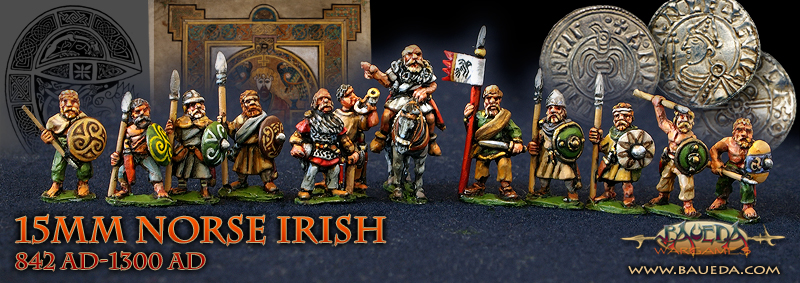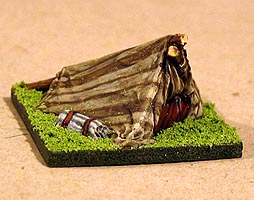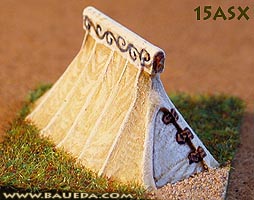|
Up to the 9th Century Celtic Ireland was merely a geographic expression, there was no organized kingdom of any sort, there were no towns or roads to speak of and all Irish society was based solely on family and clan ties. It was a land divided in kingships, ruled by rival chieftains who constantly fight each other. From 800 Vikings begun raiding an Ireland that had no central political organization whatsoever and in military terms the Irish were absolutely outclassed: they do not have the organization nor the heavy weapons and armour the Scandinavian possessed and above all they have nothing even remotely comparable to Norse warships. Within a generation from the first attacks the Viking were already settling down into military encampments at the mouth of all the critical river systems. They established bases that will grow into the cities of Limerick, Waterford, Wexford, Cork and Dublin, and in these towns most Norse colonists intermarried with native Gaels and adopted the Gaelic language as well as many Gaelic customs. Many left their original worship of Norse gods and converted to Christianity, introduced in Ireland as early as the late fourth century. Gaelicised Scandinavians dominated region of the Irish Sea until the Norman era of the twelfth century. they founded long-lasting kingdoms, such as the Kingdoms of Man, Argyll, Dublin, Galloway and western Scotland, as well as taking control of the Norse colony at York.
Nowadays they are often referred to as Hiberno-Norse, Norse-Gaels or Gael Gaedhil but they called themselves Ostmen or Austmenn (East-men), a name preserved in a corrupted form in the Dublin area known as Oxmantown which is derived from Austmanna-tún (Homestead of the Eastmen). In contrast, they called the Irish Vestmenn (West-men).
This range has been sculpted by M. Campagna and C. Berni. It already covers all core troops.
Separate horses are provided at random out of a dozen different poses to maximize variation!
Confused about who were the Norse Irish? Find out more in this video!
|
|





